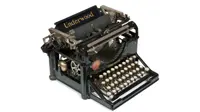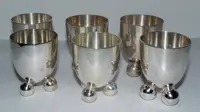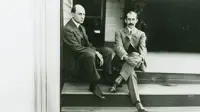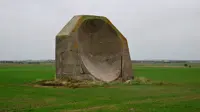History of recycling
By Aniket Gupta | 01 Oct 2023
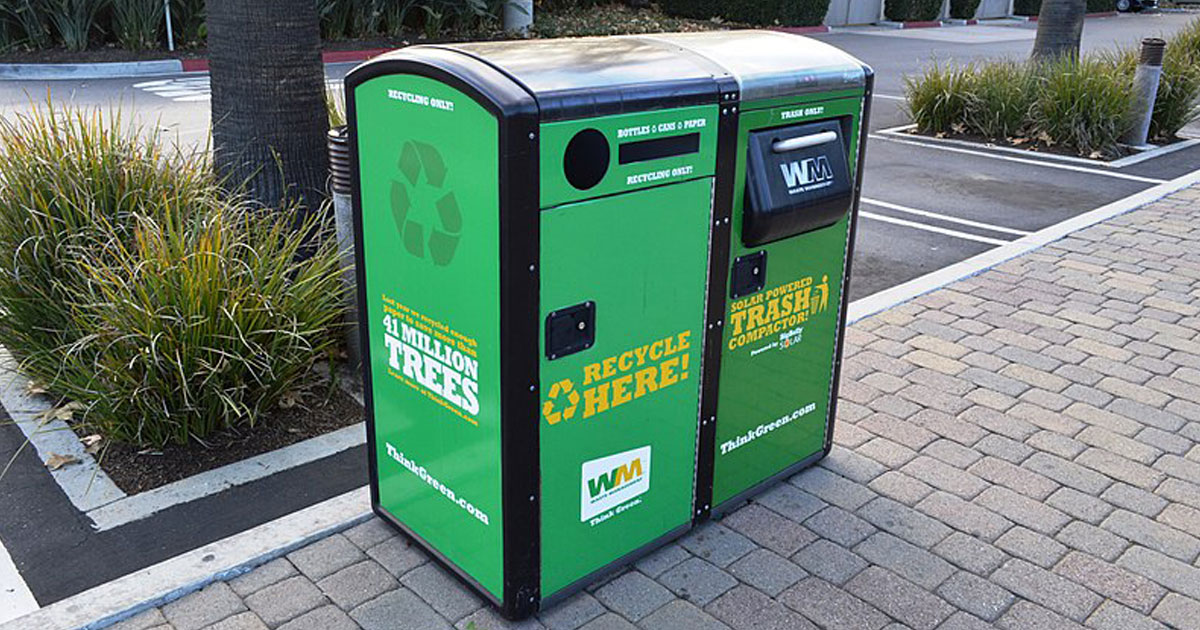
To say that our world has problems would be an understatement. We seem to have no end of problems, some of them leading to crises of sorts. And, as many would agree, one of the biggest problems the world is facing today is pollution and climate change.
Fortunately there are solutions. Many solutions have been proposed for tackling these problems. Recycling of resources is one such solution.
When you hear the word recycle, an image of a green roadside garbage bin might appear in your mind. Not wrong; but recycling is much bigger than a simple green garbage bin.
That is one of the most recent efforts to curb wastage by recycling used products. But the idea is not new.
One of the earliest accounts of recycling dates back to the Roman Empire in the 4th century BC. That was a time when the Romans would melt and recast various products, including bronze coins. But the scale on which this was done was small.
Today, recycling is a process that can be done on both a small and large scale. But we have come a long way from the ancient times when too a host of products, from metals to glass, used to be recycled. In Mesopotamia, in Egypt, in ancient Rome, in China, and elsewhere.
Most of that was not documented. So we shall look at the history of recycling where more tangible information is available.
The evolution of recycling
Recycling has a fascinating story of evolution. There were some major events that occurred, shaping the phenomenon that we know as modern recycling.
Japan: The earliest documented case of paper recycling was recorded in the 1031 in Japan. Amidst the waning influence of the Japanese Imperial Court during the Heian Period, the production of paper transitioned away from state authority, which previously controlled it.
Paper making workers began integrating into a broader society. And private paper mills came up, employing these workers to continue the paper-making tradition. In due course, the practice of recycling waste paper emerged as a common strategy, driven by the desire to preserve resources and optimize productivity.
Philadelphia, USA: German-born William Rittenhouse established the Rittenhouse Mill in Philadelphia in America in 1690. It was the first paper mill in that country.
This mill ingeniously processed discarded fabrics, textiles, cotton, and linen to craft recycled paper used for printing and publication. This pioneering mill remained in operation until the mid-1800s, and served as the cornerstone of the Rittenhouse family’s industrial legacy for nearly a century.
New York City, USA: In 1776, soon after the beginning of the struggle for American independence from British rule, the metal recycling emerged as a means to bolster the war effort.
In New York City, quite symbolically, a statue of King George III was dismantled, melted down, and converted into bullets following a public reading of the freshly penned Declaration of Independence.
This pioneering metal recycling effort yielded an impressive 42,088 bullets. That number would have been even higher had it not been for the removal of the head of the statue and the requisitioning of other parts by the crowd of revolutionaries that had brought the statue down.
Batley, West Yorkshire, UK: In 1813, Benjamin Law pioneered the revolutionary ‘shoddy process’, a method for transforming old woollen garments and rags into recycled wool. He orchestrated the gathering of these discarded textiles, grinding them into a form suitable for subsequent yarn production.
The ‘shoddy’ industry experienced rapid expansion, and by 1860, the town of Batley was annually generating more than 7,000 tonnes of recycled wool, marking a significant milestone in the history of textile recycling.
New York City, 1897: Inception of the material recovery centre
In 1897, in response to a recycling mandate issued to New York City residents two years earlier, the city established its inaugural material recovery facility. This facility served as a pivotal hub where discarded materials could undergo systematic sorting and separation into distinct categories.
The primary objective was to recover and reuse recyclable materials, including metals, paper, textiles, and more, in line with the city’s commitment to sustainable practices.
Chicago: The US witnessed the beginning of large-scale aluminum production in 1886, enabled by the newly developed Hall-Héroult process. Soon afterwards America's first aluminum can recycling plants became operational.
The first of these facilities commenced operations in 1904 in Chicago, Illinois, laying the foundation for sustainable aluminum recycling practices in America.
Wartime measures: Recycling during times of conflict
The exigencies of the two World Wars compelled a creative approach to waste management. Faced with dwindling materials, both the US and Britain called to the public for assistance. Recycling propaganda campaigns, such as the ‘Salvage for Victory’ effort in the US in 1942, encouraged people to exercise greater care in their waste separation and disposal practices.
People were called upon to deliver used cooking fats to the government, who could then recycle them into fuel that could then be used for the production of explosives.
These wartime recycling initiatives exemplified the necessity for innovative resource management during periods of conflict.
Post-war America: The trend towards recycling hasn’t always been on the ascent. With the mid-1950s came the era of ‘disposable living’. When the Second World War ended, so did the conservation efforts.
In 1955, LIFE Magazine ran a significant feature titled ‘Throwaway Living’, which promoted the notion that single-use items were not only commonplace but also an essential facet of modern living.
This article, which now seems like a celebration of waste, contributed to the adoption of an environmentally irresponsible mind-set, resulting in widespread littering and a lack of concern or foresight regarding the environment.
Barnsley, South Yorkshire:
Britain’s first bottle bank: On 6 June 1977, Stanley Race made history by depositing an empty jar into Britain’s first glass recycling bank in Barnsley, in South Yorkshire.
This simple act marked the beginning of a nationwide proliferation of bottle banks, into which people could dump their empty bottles and jars for collection and recycling.
Glass, being infinitely recyclable, rendered this introduction of bottle banks a pivotal milestone, simplifying glass recycling for all.
The birth of the recycling ‘Mobius Loop’ emblem
In 1970, the Container Corporation of America organized a competition to discover a fresh symbol for recycled paper. Among the entrants was 23-year-old engineering student Gary Anderson, who submitted a straightforward logo featuring interlocking arrows. His design emerged victorious, earning him $2,000 in prize money, and the iconic emblem has since become firmly entrenched in the collective awareness of the public.
